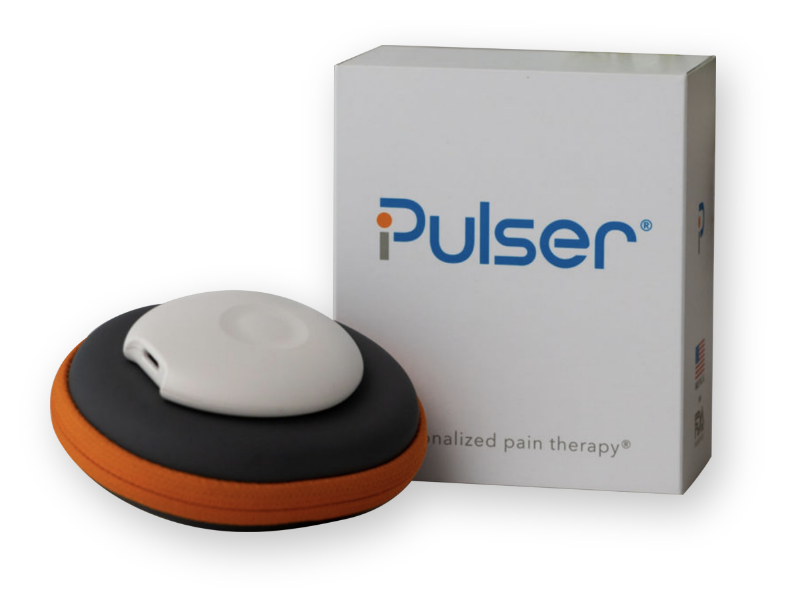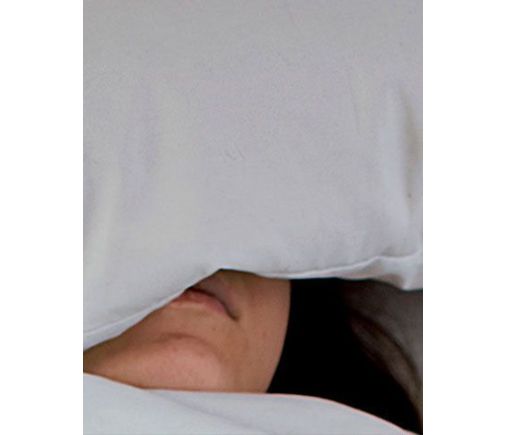Shingles is a viral infection caused by the chickenpox virus known as the varicella-zoster virus. If you had chickenpox as a child, you can still have part of the virus dormant in your system. As you get older, something inside your body can trigger that virus to emerge and become shingles.
Did you know that the virus affects 1 out of 3 older adults? The most common signs of shingles include a rash, blisters, itching, and fever.
Can Shingles Pain Last For Years?
For some people, Shingles pain can linger long after visible signs of the virus fades. This is called Postherpetic Neuralgia, which causes damage to nerve tissues. These damaged nerves send pain signals to the brain that feel like burning and itching sensations around the rash area.
For the majority of people, they experience these side effects for up to three months after the onset of illness. Others may suffer with it for the remainder of their lives. In rare instances, the virus can affect organs in the body.
What Are The Long-Term Effects From Shingles?
About 10-18% of people who develop shingles go on to have Postherpetic neuralgia. The pain remains where the rash once was. The rash usually spreads around the chest, stomach, or trunk of a person’s body. Here are some symptoms of Postherpetic neuralgia:
- Burning
- Jabbing pain
- Pins and Needles Pain
- Muscle ache
- Itching skin
- Hypersensitivity
- Decreased sensation
- Total Numbness
- Pressure
- Difficulty wearing clothes over area
- Scarring of skin
What Organs Can Be Affected By Shingles?
The skin is the primary organ affected by shingles but the nerves and connective tissue are also involved. The virus usually follows the same path with most individuals. This is a timeline for the virus:
- Burning and Sickness - First, you may have the sensation of burning or pins and needles on your skin. You may experience itching or numbness. It’s most common to feel this around your stomach, trunk, or limbs. You could also have a fever and feel unwell. Some people have headaches, chills, or stomach issues. These symptoms could last up to a week before a rash appears.
- Rash - This rash will usually appear in the areas where you experienced the burning. It may develop into blisters and often forms a sweeping pattern across the body. The rash makes it hard to get comfortable as it is painful. You are also the most contagious during this period which lasts 7-14 days.
- Recovery- The rash should dissipate after forming little scabs where the fluid-filled blisters have popped. It may take a couple of weeks for them to totally heal. It is not common, but scarring may occur. Most people recover from it within a month or so.
In rare cases, some people develop systemic shingles. Also known as internal shingles, it can affect certain organs in the body. This is considered a medical emergency. Here are some symptoms to look out for:
- Persistent Cough
- Fever
- Unrelieved Pain
- Abdominal Distress
- Headache
Internal shingles may affect the lungs, heart, brain, nervous system, and more. If you experience any of these symptoms after recovery, it is important to contact your doctor. If these symptoms are left unaddressed, it could lead to more serious issues.
Can Shingles Affect Your Heart?
Medical research suggests that having shingles increases your risk of having a stroke or heart disease. More research is required, but the additional stress created by the virus may be responsible. Stress can negatively affect the immune system, increase heart rate and blood pressure. You are most likely to experience a reaction the week following your diagnosis.
Is The Immune System Weak After Shingles?
It is not clear whether the shingles virus damages the immune system after reinfection. With age, the immune system weakens and causes a decrease in the effectiveness of the body’s defenses. People often report feeling better within 2 to 6 weeks after being diagnosed.
If you do experience complications it may take a little longer to bounce back after developing this illness. There are some ways you could give additional support to your immune system after illness:
- Diet - Even eating healthy when sick with shingles can improve your chances of recovery in a shorter span of time. It may also disable the spread of the virus throughout other parts of your body. Look for foods that are high in A, B, C, D, E, omega fatty acids, and amino acid lysine. Be sure to avoid food high in sugar, refined carbs, and processed foods. You want to give your immune system all the support it needs to fight this virus.
- Cool Showers - Taking cool showers can help provide soothing relief to blisters and itching. Research also suggests that taking cool showers help increase the number of white blood cells in the body
- Supplements - in addition to the vitamins mentioned above, implementing some zinc can hasten healing. L-lysine and selenium are also used to treat various herpes-related illnesses. Magnesium also helps the body with rest and recovery.
How Long Does It Take For Nerves To Heal After Shingles?
For most people, recovery takes two weeks to a month. Those who suffer nerve damage or experience post-herpetic neuralgia usually do so four weeks after the rash has disappeared. For an unknown reason, women usually have more complications after the illness.
There are some treatments that work for some people and not for others. Certain drug combinations can help decrease the communication between pain receptors and the brain. Reducing the sensitivity of the damaged nerves may manage pain symptoms. There are some examples of medications or treatments that may help relieve pain from this virus:
- Painkillers
- Lidocaine Patches
- Anticonvulsant Drugs
- Anti-Anxiety Medications
- Anti-virals
- Antidepressants
- Anesthetics
- Steroids
- Acupressure
- Acupuncture
- Tens Unit Therapy
- Cupping
- Heat Therapy
It’s important to talk with your medical provider about the right treatments for you. Medication does not come without side effects so it’s good to try the least invasive treatments first.
What Is The Longest Shingles Can Last?
In very rare cases, those who develop Postherpetic Neuralgia or Post-Herpetic Neuralgia may have pain or other issues for the rest of their life. Shingles generally does not last longer than a month. The varicella-zoster virus, which is part of the family of herpesviruses, stays within the body for life.
What Are The Chances Of Getting Shingles Again?
There is a one in three chance that you may get shingles again after already having it. That is the same chance of you developing it initially. Unlike chickenpox, there is a greater chance that you could get it twice or even three times. The symptoms are not always the same, and there is no guarantee that reinfection will be less severe.
Resources:
https://www.coloradoclinic.com/blog/2017/february/how-long-does-postherpetic-neuralgia-last-and-ho/
https://www.cdc.gov/shingles/about/complications.html
https://www.healthline.com/health/internal-shingles
https://www.verywellhealth.com/shingles-causes-risk-factors-4122383








